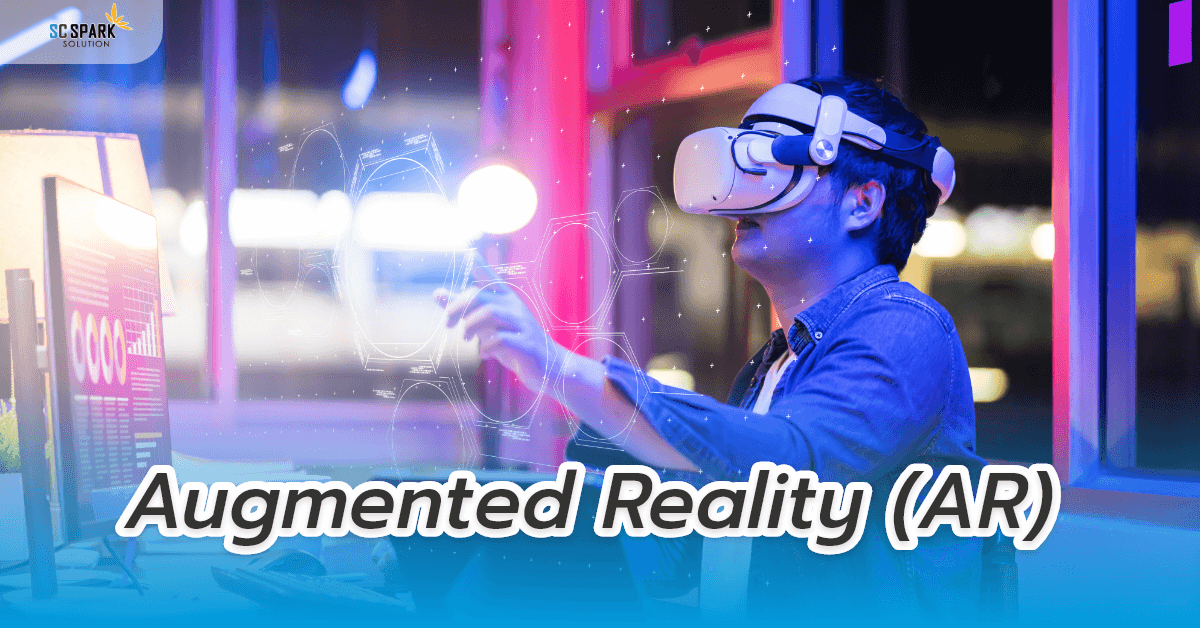Augmented Reality (AR)
In the realm of technology, Augmented Reality (AR) stands as a revolutionary force, blurring the lines between the physical and digital worlds. This article delves into the intricacies of AR, exploring its applications, advancements, and the transformative impact it has on various industries.
Understanding Augmented Reality:
At its core, Augmented Reality enhances our real-world experiences by overlaying digital information, such as images, text, or 3D models, onto our view of the physical environment. Unlike Virtual Reality, AR does not immerse users in a completely virtual space; instead, it supplements and enhances the real world.
Applications of Augmented Reality:
- Mobile AR Apps:
AR has permeated everyday life through mobile applications. Apps like Pokémon GO and Snapchat use AR to provide interactive and entertaining experiences.
- AR in Retail:
Retailers leverage AR to enhance the shopping experience. Customers can virtually try on clothes, visualize furniture in their homes, or receive additional product information by scanning items.
- Education and Training:
AR is transforming education by offering interactive and immersive learning experiences. Educational AR apps provide students with 3D models, animations, and additional information, bringing subjects to life.
- Healthcare and Medical Training:
In healthcare, AR aids in surgical planning, allowing surgeons to visualize patient anatomy in real-time. Medical training programs use AR simulations to enhance hands-on learning.
- Navigation and Wayfinding:
AR is integrated into navigation apps, providing real-time directions overlaid onto the physical environment. Users can see arrows, street names, and points of interest through their device’s camera.
- Industrial Applications:
Industries use AR for maintenance and repair tasks. Technicians can receive visual instructions overlaid onto equipment, improving efficiency and reducing errors.
Advancements in Augmented Reality:
- Wearable AR Devices:
The development of AR glasses, such as Microsoft HoloLens and Google Glass, marks a shift towards hands-free AR experiences. These devices offer a more seamless integration of digital content into the user’s field of view.
- AR Cloud:
The concept of an AR Cloud involves creating a persistent, shared digital layer over the physical world. This allows users to leave and discover AR content in specific locations, fostering collaborative and location-based experiences.
- Spatial Computing:
Spatial computing in AR enables devices to understand and interact with the physical world in three dimensions. This technology is crucial for creating more immersive and context-aware AR experiences.
- Machine Learning Integration:
AR systems are incorporating machine learning to better understand and interpret the user’s environment. This enhances object recognition, tracking, and the overall realism of AR content.
For those of you who want to make an E-Commerce app, a shopping app or a Delivery app, we recommend SC-Spark Solution, an app making company. experienced With direct experience from Silicon Valley, being a company that develops more than 100 applications around the world, both custom and ready-made for you to choose from. If anyone is interested in making mobile applications or websites, you can contact here
Contact us at
Facebook : SC-Spark Solution บริการทำแอปพลิเคชั่น
“Nothing is impossible”







